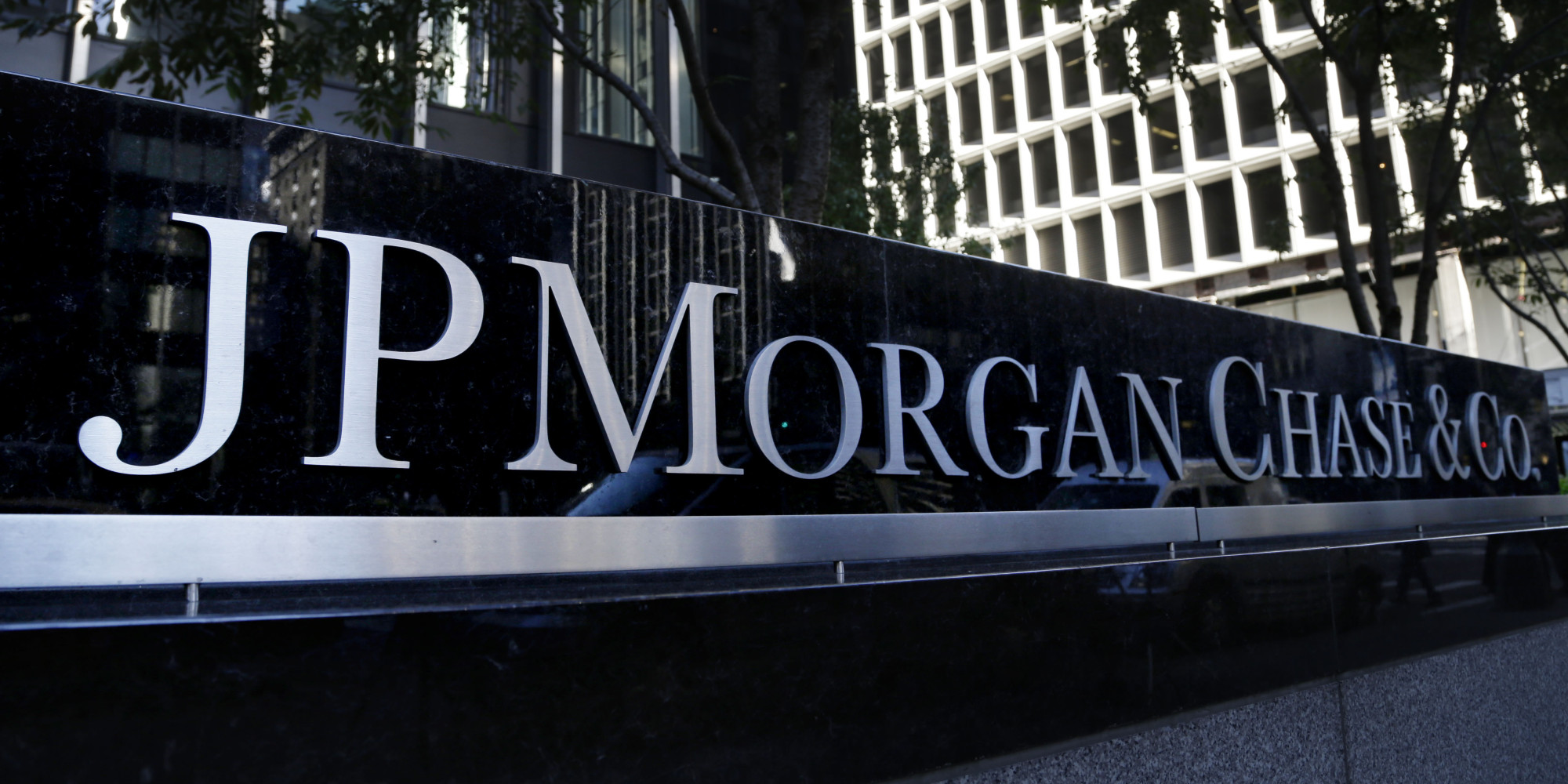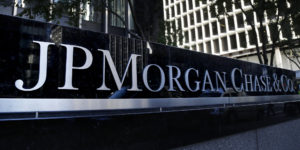By Hugh Son and Laura J Keller With assistance by Yalman Onaran Source: Bloomberg.com Staff, clients and charities may share i
By Hugh Son and Laura J Keller
With assistance by Yalman Onaran
Source: Bloomberg.com
Staff, clients and charities may share in $7 billion windfall
That leaves analysts asking how much shareholders will get
JP Morgan Chase & Co. and Well Fargo & Co. will reap an even bigger windfall from U.S. tax cuts than most analysts had predicted — a combined haul of about $7 billion this year for two of the biggest corporate taxpayers.
Now, executives have to decide how to divvy up that fortune.
Borrowers including small businesses and big corporations will want better pricing. Employees from tellers to rainmakers will press for raises and bigger bonuses. And then there’s the political pressure banks face to invest more in communities, particularly those with the least access to credit.
So analysts peppered the banks Friday with questions about how they would apportion the profits, which one of them, Morgan Stanley’s Betsy Graseck, said will be critical for the firms’ stock performance the next two years. The risk for investors — who’ve pushed up bank stocks in recent weeks in anticipation of higher profits and more generous payouts — is that the tax benefits will evaporate, a phenomenon that companies phrased as being “competed away.” JPMorgan said that it would reveal a plan in a few weeks to support employees and communities.
“We want to do really constructive, thoughtful things for all of our constituents but it won’t be the significant portion of that,” Chief Financial Officer Marianne Lake said of the firm’s 2018 windfall of more than $3.5 billion. “Much of it will fall to our bottom line in 2018 and beyond. Time is an important part to how this plays out.”
Both banks said their tax rates will drop to 19 percent from more than 30 percent in recent years. That’s better than the 22 percent rate estimated by KBW analysts for JPMorgan and 20 percent for Wells Fargo, and would produce an extra $7 billion based on last year’s profit levels. For JPMorgan, the rate will likely rise to 20 percent within two years and continue to climb after that as certain benefits ebb, Lake said.
Among employees, the lower-paid are most likely to see a benefit, the firms said. Some 70,000 Wells Fargo staffers will be in line for raises, CFO John Shrewsberry said in a telephone interview. Bank of America Corp., which reports results next week, said last month that about 145,000 workers would get a $1,000 bonus.
Banks could help customers, for example, by providing more low- and moderate-income borrowers with mortgages and easing credit for small businesses, Lake said. Still, the competitive landscape for products and services will vary, and that will also determine how quickly the industry’s benefits are passed to consumers.
Giving It Away
And banks are likely to ramp up charitable contributions. JPMorgan said it added $200 million to the bank’s foundation in the fourth quarter. Wells Fargo expects to donate $400 million in 2018, up from $283 million in 2017, Shrewsberry said.
JPMorgan’s largess isn’t completely devoid of self-interest. Supporting communities with cheaper credit will allow businesses to grow and spend more money, leading to a virtuous cycle of greater economic growth, the managers said.
“It will enhance our growth in the future, too, by the way,” Chief Executive Officer Jamie Dimon said. “It’s not a giveaway.”


